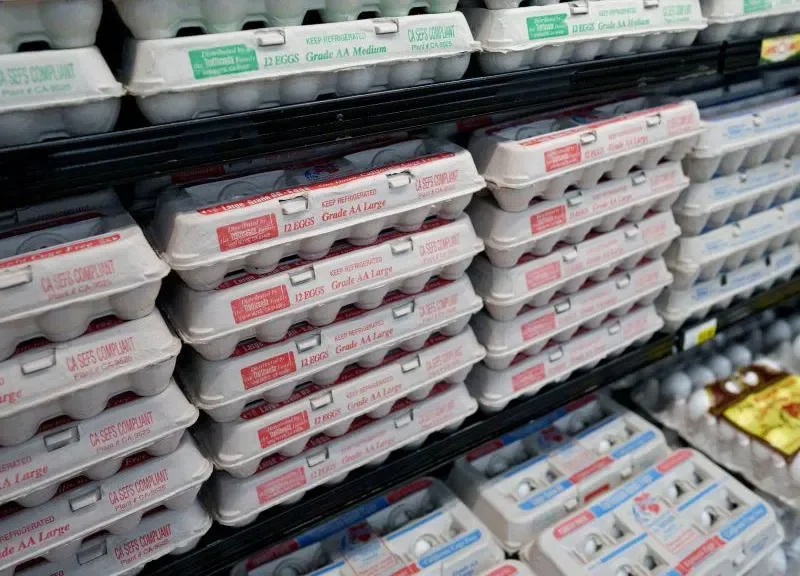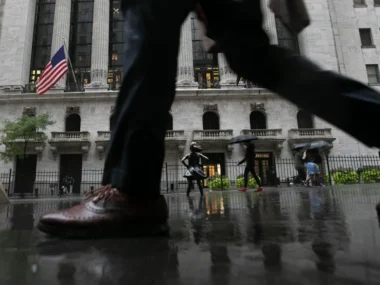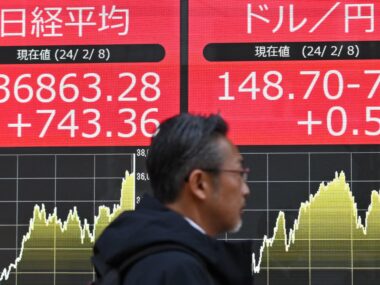The USDA has introduced a $1 billion plan to assist US farmers in tackling a severe bird flu outbreak, which has led to the culling of millions of chickens and record-high egg prices.
The initiative allocates $500 million for biosecurity, approximately $100 million for vaccine research, and $400 million for financial aid to farmers.
USDA data shows that over 35 million birds have been culled this year due to outbreaks in commercial flocks. As a result, the average cost of a dozen eggs surged to $5 in January, marking a 53% increase from 2024. Prices could climb another 41%, according to the USDA.
The Trump administration plans to offer commercial egg farms free consultations and cover up to 75% of the costs to strengthen defenses against bird flu.
To prevent an egg shortage, the government is open to temporarily importing eggs that comply with US safety regulations. Additionally, the USDA intends to remove regulations that contribute to higher egg prices.
While these changes won’t immediately lower prices, USDA Secretary Brooke Rollins told CBS News that costs may begin to decrease by spring or summer as the policies take effect.
The soaring prices have led to unexpected trends. In New York City, where a dozen eggs can cost $14, some stores have started selling individual eggs, known as “loosies.” Meanwhile, in Pennsylvania, thieves stole over 100,000 eggs worth $40,000 from a truck in February.











